-
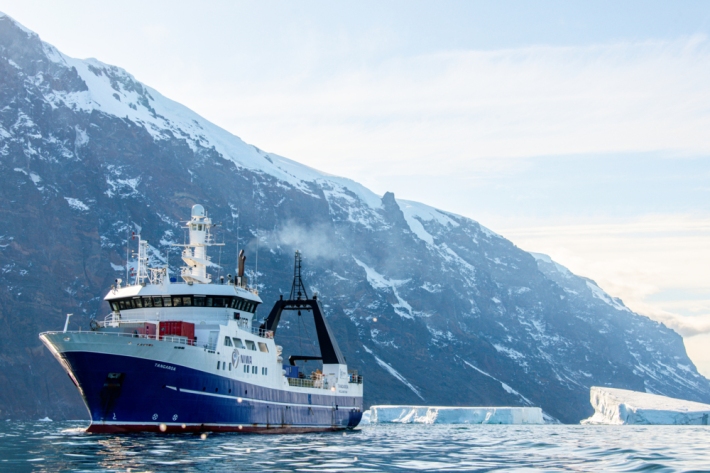
The Ross Sea Region Research and Monitoring Programme
Research ProjectThe Ross Sea Region Research and Monitoring Programme (Ross-RAMP) is a five-year research programme funded by the Ministry of Business, Innovation and Employment (MBIE) and run by NIWA to evaluate the effectiveness of the Ross Sea Marine Protected Area. -
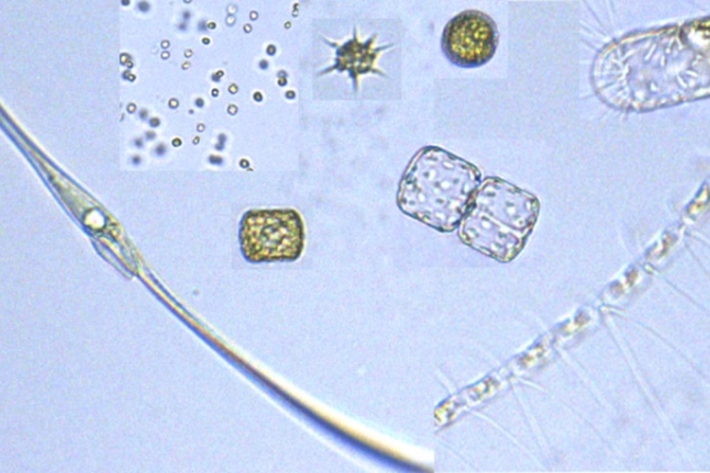
Voyage Update 8. Phytoplankton diversity and production
Phytoplankton: tiny cells with a big job -
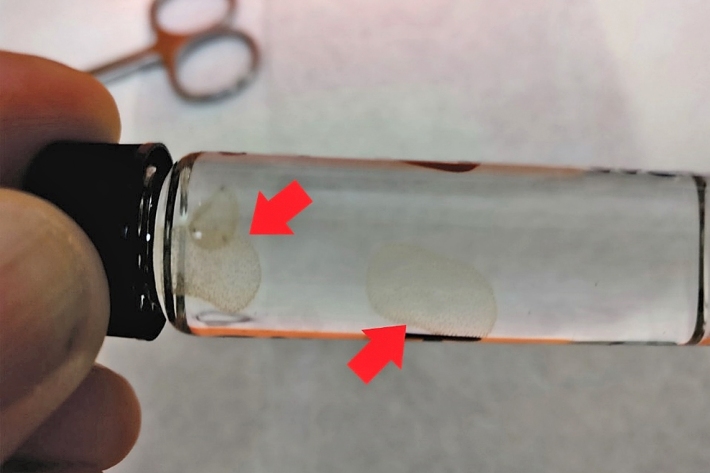
Voyage Update 9: Protistan diversity
During the voyage, we collected planktonic protist cells for which DNA will be sequenced for taxonomic identification, but also to understand their physiology through the daily diurnal vertical migration (diel) cycle. -
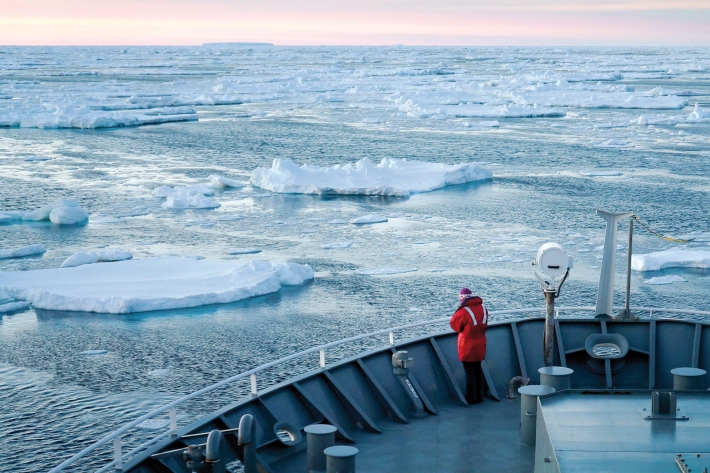
Scientists voyage into the Antarctic unknown
Media release07 January 2019A group of intrepid scientists leaves Wellington for Antarctica this week on board NIWA’s research vessel Tangaroa for what their leader calls “a voyage of discovery”.
Ross Sea Environment and Ecosystem Voyage 2019 -

Can a leopard seal change its spots?
Feature story03 January 2019A leopard seal, who has made the balmy waters around Auckland home, is prompting a NIWA scientist to campaign for her to be made a New Zealand citizen. -
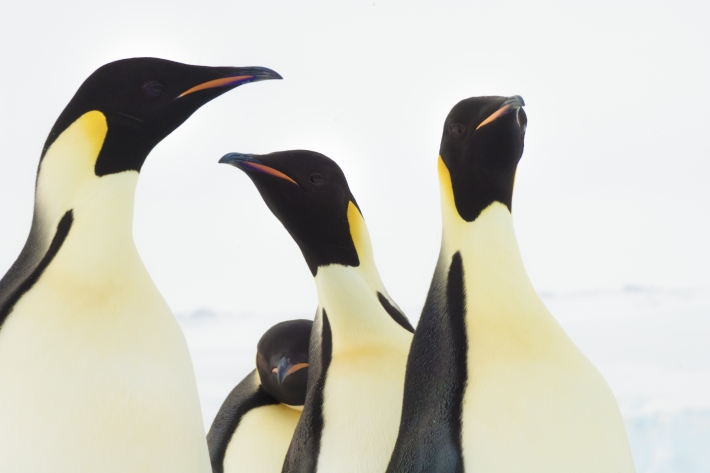
Ross Sea Environment and Ecosystem Voyage 2019
Research ProjectThe Ross Sea region is vital to the future of the Antarctic ecosystem. -
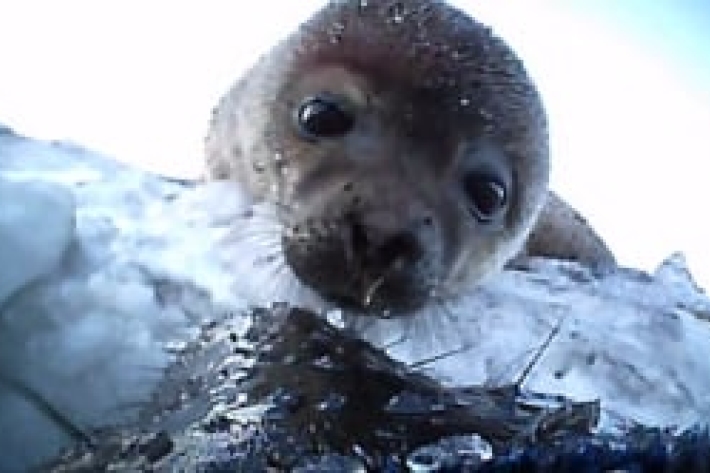
Seal-mounted cameras give scientists a glimpse of life under the ice
A NIWA-led team of marine ecologists are using seal-mounted cameras to get a first-hand view into the behaviour and movements of Weddell seals under the Antarctic ice. -
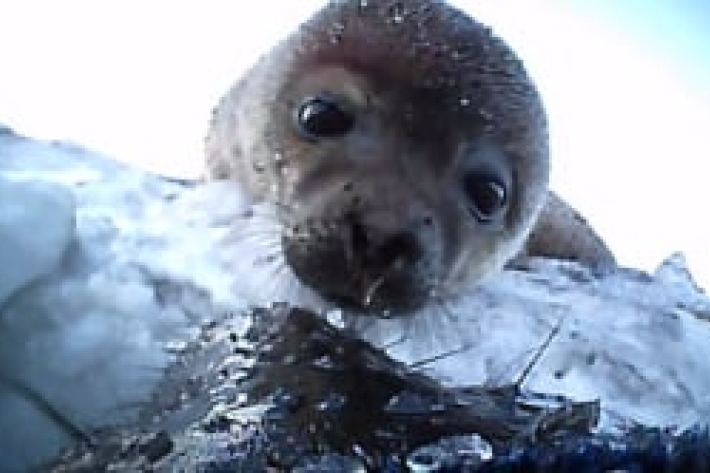
Seal-mounted cameras give scientists a glimpse of life under the ice
Feature story19 December 2018A NIWA-led team of marine ecologists are using seal-mounted cameras to get a first-hand view into the behaviour and movements of Weddell seals under the Antarctic ice. -
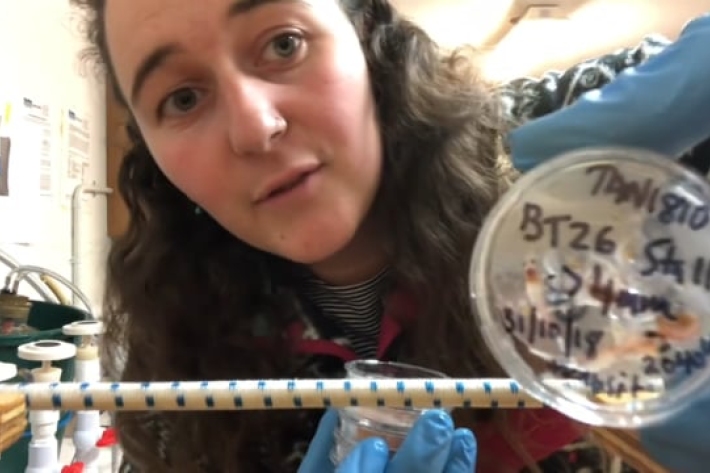
NIWA Blake Ambassadors Vlog 3: It's bongo time!
18 Nov 2018. NIWA Blake Ambassador—Lana Young—explains how bongo nets are deployed to collect plankton around the clock on board the RV Tangaroa. -
Voyage Update 7: Bongo-Bongo – and we hit 100!
16 November 2018. By Voyage Leader Dr Moira Decima. -
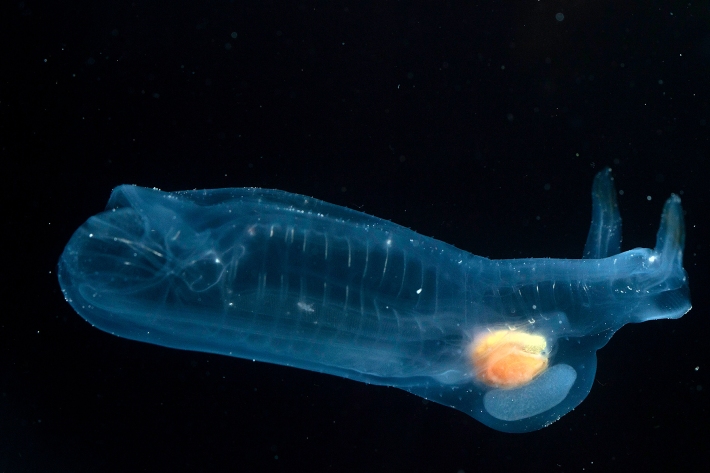
Voyage Update 6: Thetys vagina – Giant of the salps and colossal pooper
13 November 2018. By Voyage Leader Dr Moira Decima.

